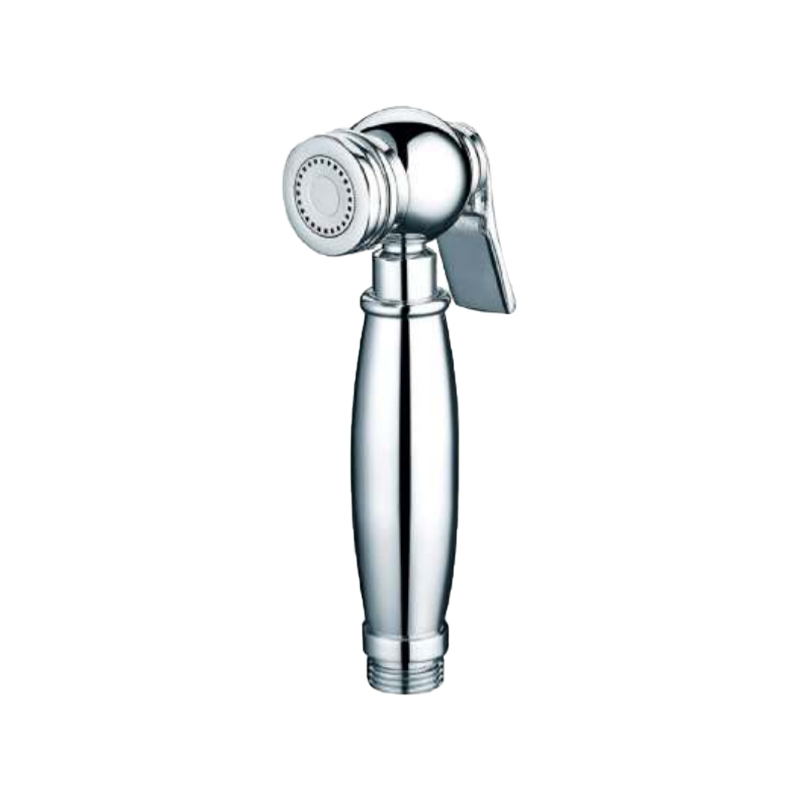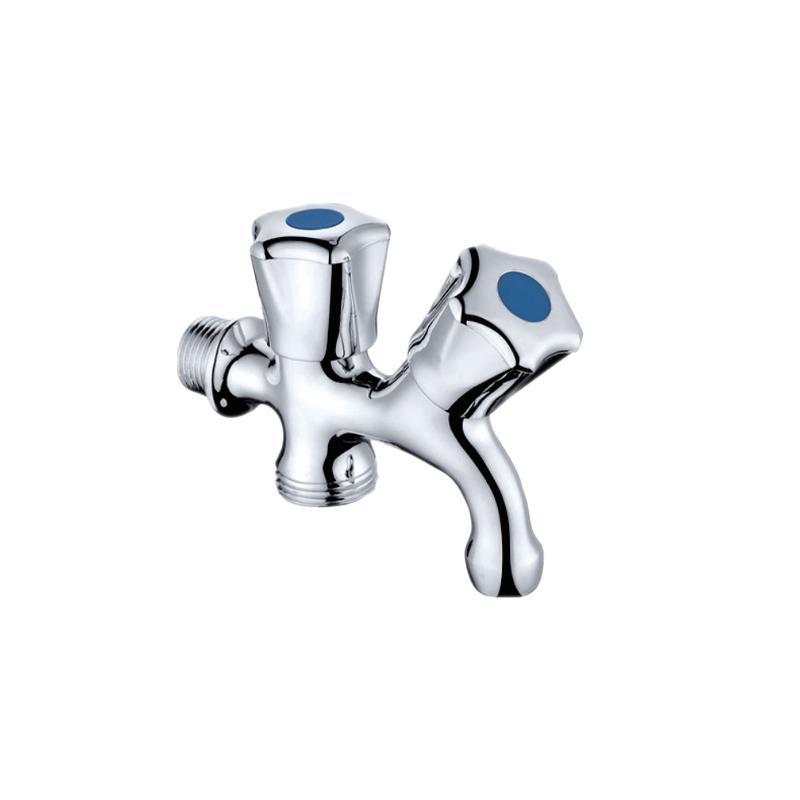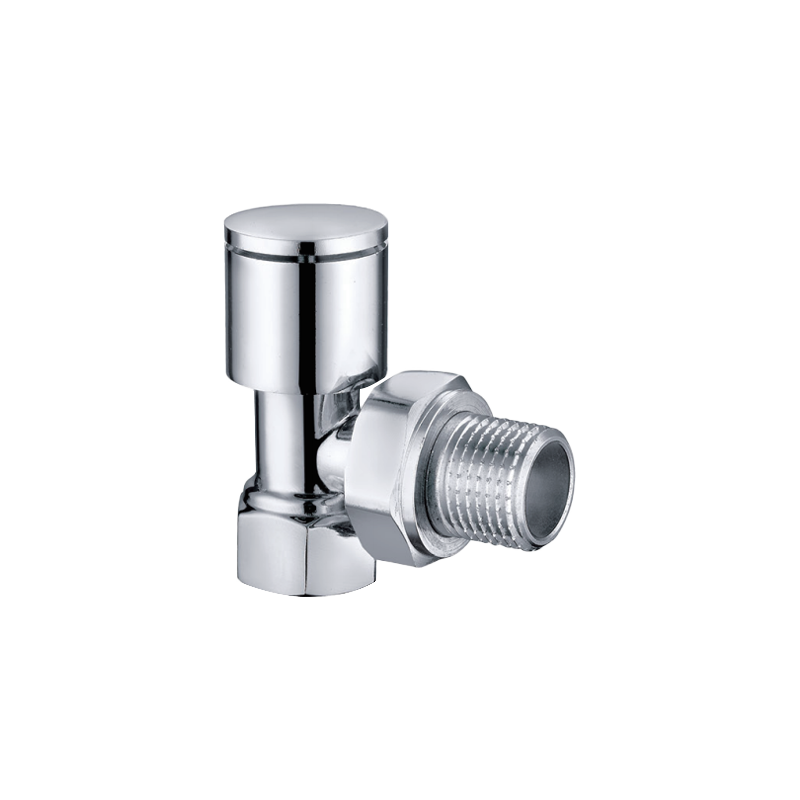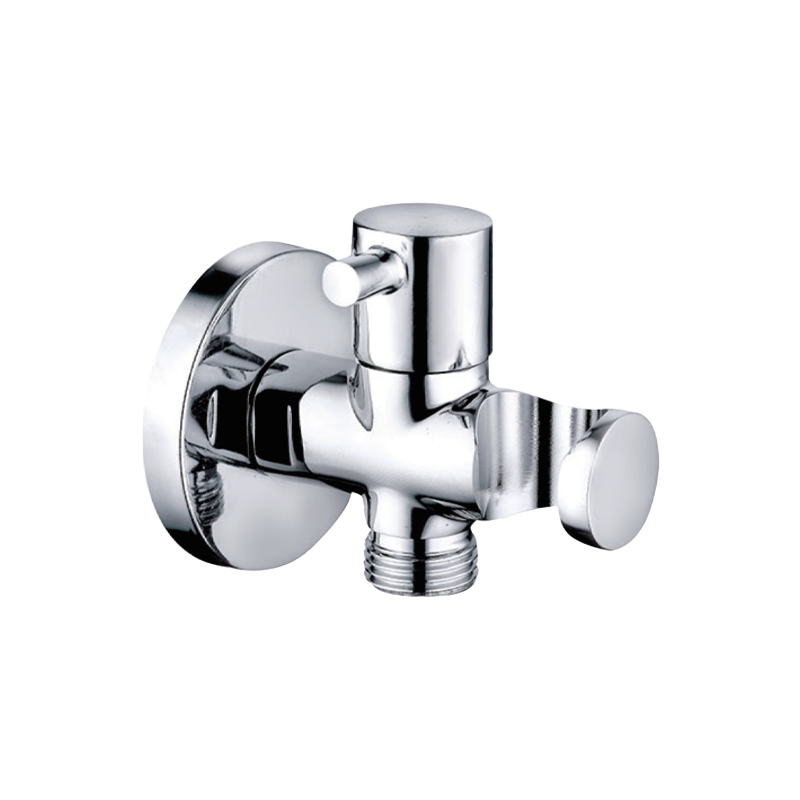High Quality Custom 2 Inch Lead Free Ball Valve Exporter Producer
Custom brass valves are essential components in various industrial, commercial, and residential applications, offering reliable control and regulation of fluids and gases. These valves are often tailored to specific requirements, ensuring performance and compatibility with diverse systems. However, like any mechanical device, custom brass valves may develop defects over time, compromising their functionality and efficiency.
Corrosion and Erosion:
Corrosion and erosion are common issues affecting brass valves, particularly in environments with high moisture, humidity, or chemical exposure. Over time, exposure to corrosive substances or abrasive materials can degrade the surface of the valve, leading to pitting, cracking, or weakening of the brass material. Regular inspection and maintenance are essential for identifying signs of corrosion and addressing them promptly to prevent further damage.
Leakage:
Leakage is a critical defect that can occur in custom brass valves due to various factors, including wear and tear, improper installation, or valve malfunctions. Leaks can manifest as drips, seepage, or complete failure to seal, resulting in loss of fluid or gas control, increased energy consumption, and potential safety hazards. Thorough inspection of valve components, seals, and connections is necessary to detect and repair leaks before they escalate.
Sticking or Binding:
Sticking or binding of valve components can occur over time due to factors such as corrosion, debris accumulation, or inadequate lubrication. When valve components become stuck or bound, they may fail to open or close properly, leading to operational inefficiencies and system malfunctions. Regular cleaning, lubrication, and inspection of valve mechanisms are essential for maintaining smooth and reliable operation.
Scaling and Buildup:
Scaling and mineral buildup are common issues in systems where custom brass valves are used to control water flow. Over time, minerals such as calcium, magnesium, and iron can accumulate on valve surfaces, obstructing flow paths, and impairing valve function. Routine flushing and cleaning of valves, along with the use of water treatment solutions, can help prevent scaling and buildup and prolong valve life.
Degradation of Seals and Gaskets:
Seals and gaskets play a crucial role in ensuring proper sealing and leak prevention in custom brass valves. However, these components may degrade over time due to exposure to heat, pressure, chemicals, or mechanical stress. When seals and gaskets deteriorate, they may no longer provide an effective barrier against leaks, resulting in loss of fluid or gas containment. Regular inspection and replacement of worn seals and gaskets are necessary to maintain valve integrity.
Cavitation:
Cavitation is a phenomenon that occurs when rapid changes in fluid pressure cause the formation and collapse of vapor bubbles within the valve, leading to erosion and damage to valve surfaces. Custom brass valves operating under high-pressure conditions are particularly susceptible to cavitation. Proper design considerations, such as flow control measures and valve sizing, can help mitigate the risk of cavitation and minimize its effects on valve performance.
Temperature and Pressure Instability:
Custom brass valves may experience temperature and pressure fluctuations during operation, especially in systems with dynamic or variable operating conditions. These fluctuations can affect valve performance and integrity, leading to issues such as leakage, sticking, or failure to open or close properly. Selecting valves with appropriate temperature and pressure ratings, along with proper insulation and regulation measures, can help ensure stable and reliable operation in challenging environments.
Worn or Damaged Valve Seats:
Valve seats are critical components that provide a sealing surface for valve closure. Over time, valve seats may become worn, damaged, or misaligned, compromising the integrity of the seal and causing leakage or flow restrictions. Regular inspection and maintenance of valve seats, along with proper seating and alignment procedures during installation, are essential for preventing issues related to seat wear and damage.

 English
English 中文简体
中文简体


.png)




